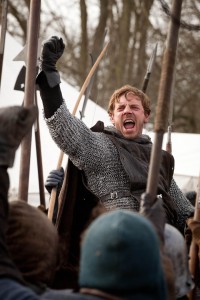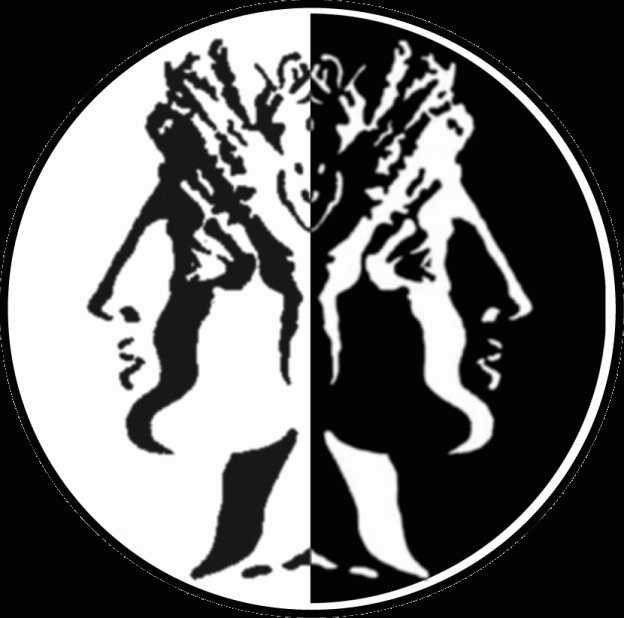Sir Henry Percy, also known as Hotspur, is a major character in Shakespeare’s Henry IV Part 1. However, he was also a man in real life. Many scholars have debated how much of the events and characters in Shakespeare’s plays are accurate depictions of history, and how much is theatrical embellishment. I now apply this question to Sir Henry Percy.
How much of Shakespeare’s depiction of Sir Henry Percy, or Hotspur, is fact and how much is fiction?
Historically, the real Sir Henry Percy was born in Northumberland on May 20, 1364. He was a nobleman, born to Henry Percy the 1st Earl of Northumberland. Later in 1377 he became Sir Henry Percy after being knighted by King Edward III. He was often referred to as Sir Harry Hotspur or just Hotspur, earning this name for supposedly always being ready for battle. Through various military exploits and diplomatic missions Sir Henry Percy became considered one of the most valiant knights of his time. Percy family did help Henry Bolingbroke to the throne to become King Henry IV. However, Sir Henry Percy and the rest of his family became unhappy with King Henry IV. The main reasons for this were: the Henry IV’s failure to pay them for defending the the Scottish boarder, his demand that Hotspur hand over his Scottish prisoners, the increased military authority of King Henry IV’s son ,Prince Henry, in Wales, and the King’s refusal to ransom Sir Henry Percy’s brother in law Sir Edmund Mortimer. As a result of these offenses Sir Henry Percy rebelled against King Henry IV. In 1403 he marched on Shrewsbury against the king where he was defeated and killed.
to the throne to become King Henry IV. However, Sir Henry Percy and the rest of his family became unhappy with King Henry IV. The main reasons for this were: the Henry IV’s failure to pay them for defending the the Scottish boarder, his demand that Hotspur hand over his Scottish prisoners, the increased military authority of King Henry IV’s son ,Prince Henry, in Wales, and the King’s refusal to ransom Sir Henry Percy’s brother in law Sir Edmund Mortimer. As a result of these offenses Sir Henry Percy rebelled against King Henry IV. In 1403 he marched on Shrewsbury against the king where he was defeated and killed.
Shakespeare depicts many of these events fairly accurately in his play Henry IV Part I. For instance Shakespeare acknowledges the fact that Sir Henry Percy was considered a valiant knight in act 1 scene 1. Also, the play accurately depicts the reasons the Percy family rebells against King Henry IV. In act 1 scene 3 the King has an audience with Hotspur, Northumberland, and Worcester in which the King demands Hotspur’s Scottish prisoners and refuses any ransom for Sir Edmund Mortimer(1.3.23-124).
However, Shakespeare does embellish the depiction of Sir Henry Percy in this play. Firstly, Hotspur and Prince Henry are depicted as being the same age in the play. Yet, in reality Hotspur was approximately 23 years older than Prince Henry, who was 16 at the battle of Shrewsbury.  Another more important embellishment is the manipulation of Hotspur’s reputations of always being ready for battle. Shakespeare makes a pun on the word hot, and incorporates it into many of the contexts surrounding the character of Hotspur in Henry IV Part 1. One meaning of the adjective form of the term “hot” is bad tempered or quick to anger. Another definition of “hot” as an adjective is intense or extreme . Shakespeare plays with both of these definitions in depicting Hotspur.
Another more important embellishment is the manipulation of Hotspur’s reputations of always being ready for battle. Shakespeare makes a pun on the word hot, and incorporates it into many of the contexts surrounding the character of Hotspur in Henry IV Part 1. One meaning of the adjective form of the term “hot” is bad tempered or quick to anger. Another definition of “hot” as an adjective is intense or extreme . Shakespeare plays with both of these definitions in depicting Hotspur.
In Henry IV Part 1 Hotspur is portrayed as being easily angered and a person of extremes. This can be seen multiple times throughout the play such as when he reads a letter from a nobleman refusing to join his rebellion. After simply reading the letter he becomes furious stating “What a pagan rascal is this? An infidel! Ha,” (2.3.25). Sir Henry Percy goes on to state that he will march on the King that very night “Let him tell the king we are prepared. I will set forwards/ tonight” (2.3.30-31). Here and elsewhere in the play, the word “hot” in Sir Henry Percy’s nick name, Hotspur, is used as a pun to suggest that he is easily angered and rashly goes into battle. It is also used to suggest that he is a man of extremes. Act 2 scene 3 makes this apparent by Hotspur becoming angry after reading the letter, and then taking the extreme action of marching off to war immediately instead of taking the time to consider his options and formulate a measured countermove. This is an embellishment on Hotspur’s reputation of always being ready for battle. Instead of always being prepared for it he is depicted as being easily angered and then seeking it out.

